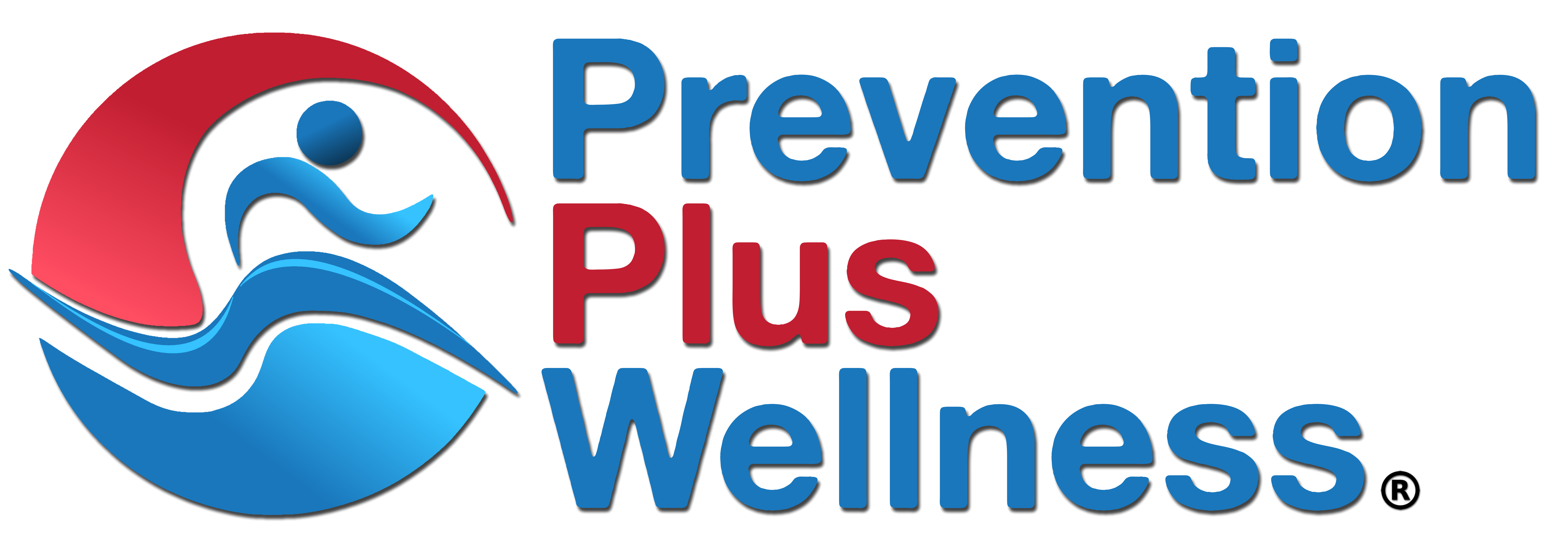A paper recently published in Current Problems in Pediatric & Adolescent Health Care (2022) explored best practices for programs aimed at reducing and preventing e-cigarette use among adolescents.
The author’s highlight the importance of grounding programs in theories and frameworks that empower adolescents, such as Positive Youth Development, including normative and interactive education, and having programs that are easily accessible.
Programs should also address key factors driving adolescent e-cigarette use, including discussing misperceptions, flavors, nicotine content, addiction, and the role that marketing plays in appealing to adolescents.
Prevention Plus Wellness (PPW) programs, including the Vaping (E-Cigarette) PPW program is based in-part on Positive Youth Development as well as the Behavior-Image Model: https://academic.oup.com/her/article/22/5/677/566675?login=false
These theories emphasize the importance of promoting youth assets, such as developing a positive self-identity, goal setting skills, and healthy behaviors for improving both mental and physical wellbeing.
The Vaping Prevention Plus Wellness program, with versions for high school, middle school and elementary school-aged youth, emphasizes that engaging in healthy behaviors, including physical activity, healthy eating, sleep and stress control are normative habits among peers, and that vaping e-cigarettes is not.
The Vaping PPW program has built-in discussion or stop-and-think questions to encourage interaction and reflection on each youth’s individual lifestyle.
Furthermore, the single-session Vaping PPW program is flexible and easy to implement to youth individually or in groups, as a universal, selective or indicated prevention intervention by simply reading the manual script and showing accompanying PowerPoint slides.
Program content addresses key factors driving adolescent e-cigarette use, including discussing misperceptions, flavors, nicotine content, addiction, and the role that marketing plays in appealing to adolescents.
Learn more about PPW programs: https://preventionpluswellness.com
Read the published paper: https://www.sciencedirect.com/science/article/abs/pii/S1538544222000736

